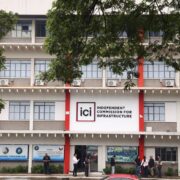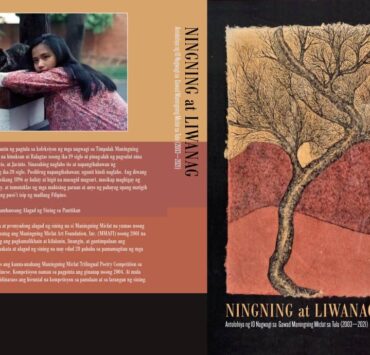This art tilt helped Borlongan, Justiniani become ‘contemporary masters’
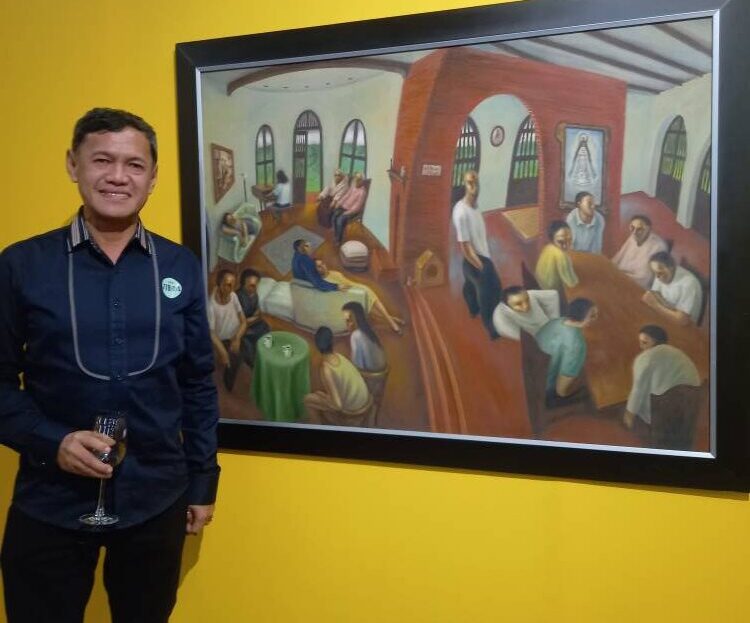
In lieu of the national painting competition that has become an annual event since 1984, the Metrobank Foundation presents an exhibition showcasing its collection of past winners’ artworks in celebration of its Metrobank Art and Design Excellence (MADE) program’s 40th anniversary.
“From this pause, we realized that our commitment to nurturing Filipino artists and promoting Filipino culture has borne fruit, and now is the time to move toward more sustainable artistic development for our young artists,” Metrobank president Aniceto M. Sobrepeña said in his speech at the opening of “Sibol” on Sept. 20 at the Metropolitan Museum of Manila in Bonifacio Global City, Taguig.
Sobrepeña added that some of those young artists have become “contemporary masters.” He acknowledged the presence of several prize winners at the event, including Elmer Borlongan, Mark Justiniani, Alfredo Esquillo Jr., Mark Andy Garcia, Raffy Napay, Noel Elicana, Paul John Cabanalan, Marc Cosico, Maria Taniguchi, Leeroy New and Yeo Kaa.
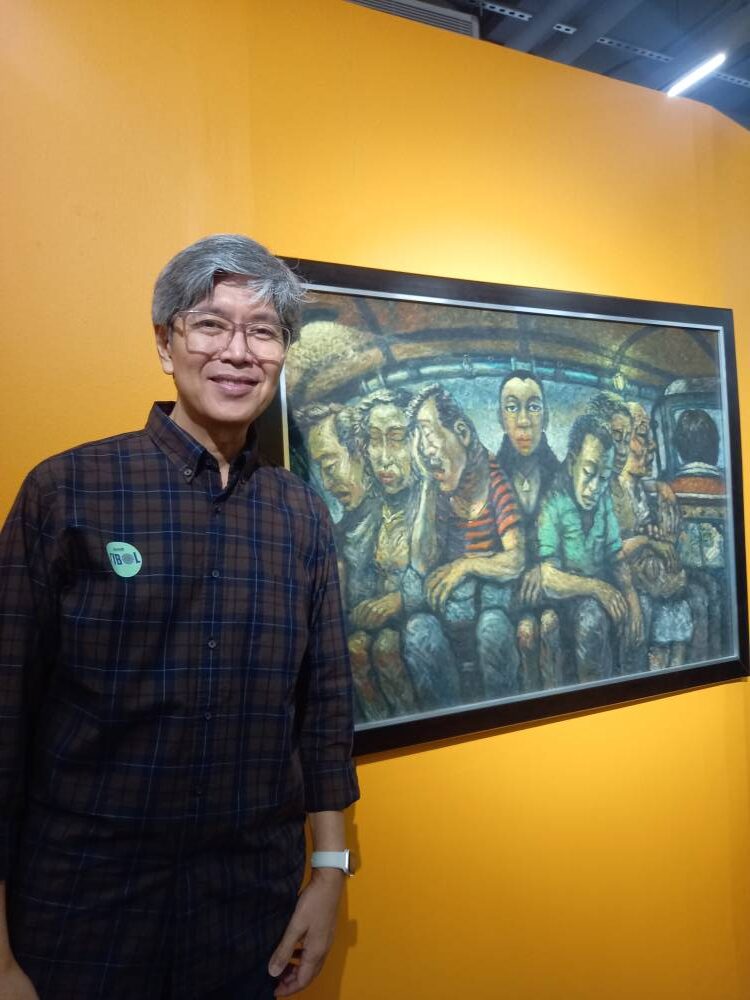
“Sibol,” which carries the theme, “When art grows, we all grow,” is curated by Foundation University’s Fine Arts Department led by Sandra Palomar. It runs until Oct. 19 at the Met’s 2/F North and 3/F South Galleries.
Cash prize
Justiniani, who won first prize in 1990, spoke a bit about his piece, “Last Trip,” during a guided tour facilitated by Palomar. He recalled riding a jeepney one late night and noticing how the passengers on one side of the cramped vehicle looked from where he was seated. He kept that scene in his mind as he didn’t have a camera with him to capture the moment. He couldn’t afford a camera, he said, just like many of his fellow aspiring artists, so they developed a “modality” that trained them to draw the figures in their minds.
Justiniani also shared an anecdote involving Borlongan, a good friend of his who won second prize two years prior: “I needed some money. I borrowed money from Elmer, and it came from his cash prize. I promised him I’d pay him after a few months, and I wasn’t able to. So I paid him two years after, when I won the Metrobank competition.”
He also got to buy his first easel and “good quality oil paints,” as well as his first radio cassette. That’s why a functioning radio cassette has been put in display beside Justiniani’s artwork in line with the exhibition’s goal to provide a “sensorial and immersive experience.”
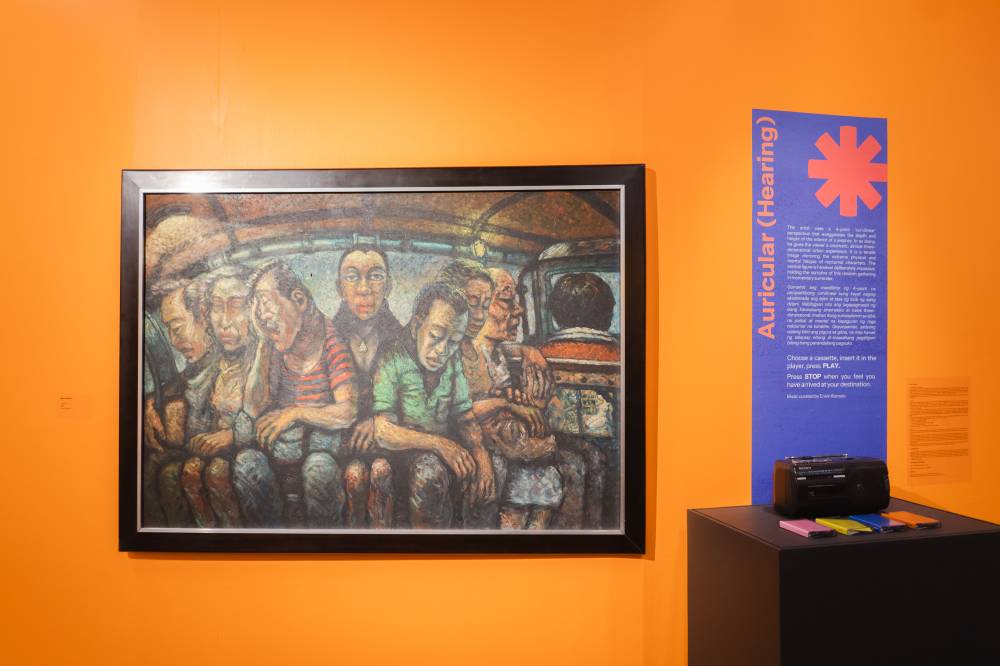
When asked by Lifestyle for advice to aspiring artists, Justiniani replied in a mix of English and Filipino, “The medium that you use, develop that and it will teach you. The medium also teaches you how to look at things. It’s like a mirror. Apart from your work, you have to look at society at the same time and develop a way of thinking that will complement the way that you’re working also with your pieces.
“If you’re able to put it together, people will feel it, maybe you can make the judges [choose] you,” he added, laughing. “A part of it is luck, but persistence is important. It’s not really the talent, it’s the passion that’s more important. If you persist on doing something, you will eventually accomplish it.”
His other piece of advice involves humility. “Learn how to see your mistakes,” he said, admitting it’s difficult to do and a constant reminder to himself even up to now. “I think it’s a lifetime practice.”
Second place
Borlongan, who was awarded second place twice in the competition—in 1988 for “Rehimen” and in 1992 for “Tampuhan”—said he felt validated as a young artist and encouraged to pursue his art and passion. Being recognized also helped him gain enough exposure for his works to be exhibited in galleries because “during that time, it’s hard to exhibit if you don’t have any awards or a name.”
Standing beside his “Tampuhan” artwork that’s part of the exhibition, Borlongan confessed that back then, he did not feel very confident about winning, explaining in a mix of Filipino and English, “When we join in a competition, we take it as an opportunity to give our best. Nobody tells you what to paint. So you really have to give whatever you’ve got.”
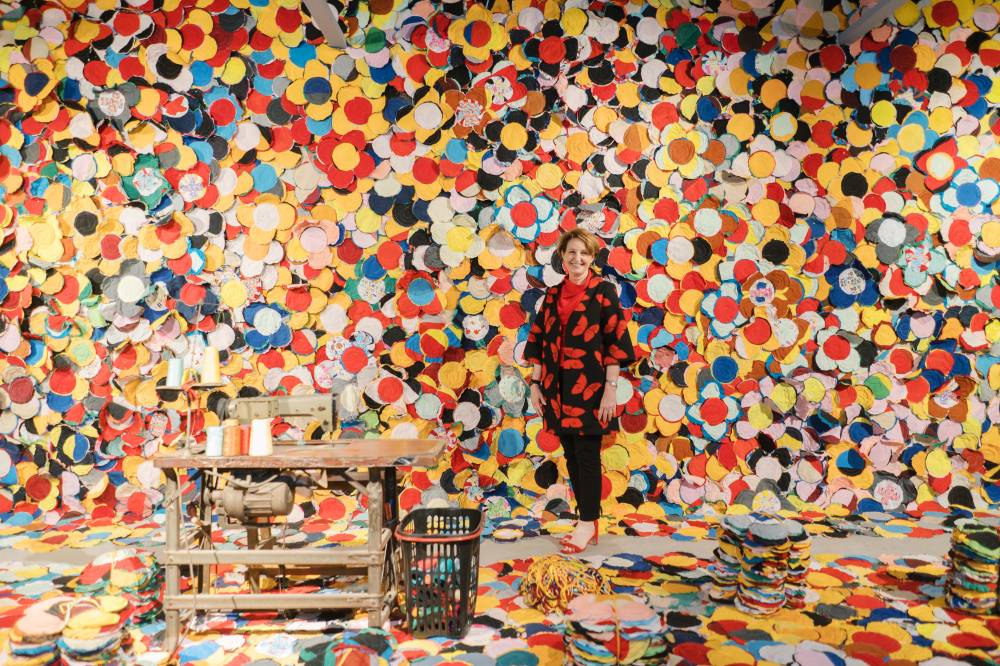
He remembered that he completed “Tampuhan” in three days to beat the deadline. The inspiration, he said, came from a reproduction of Juan Luna’s painting of the same title. He saw that painting in art collector Dr. Joven Cuanang’s house in Antipolo, where he and his fellow artists from the Salingpusa group were making a mural at that time. He incorporated Luna’s rendition of two lovers feeling a bit sullen toward each other in his own painting, which depicts a gathering of family members who likewise have resentful feelings toward one another.
Borlongan admitted to feeling nostalgic when looking at his past works, but with some distance and detachment. He explained that he lets go after completing a piece as it belongs to a certain period of his journey as an artist and is now a part of his progress. “Tampuhan,” for one, marked the start of his artistic direction toward a style made distinct with fisheye lens, distorted perspective, exaggerated human proportions and bald people.

Hard work
He shared some advice to those aiming to join an art competition, like the one that Metrobank will continue sponsoring next year. “You have to develop your craft first, and then, hard work. Keep creating. Don’t influence yourself with the market. You just have to paint what you like to paint. Paint your experiences, paint your environment, personal histories. I think that’s a good guide toward the future as an artist.”
Having doubts is normal, Borlongan said, as he’s had his own in his youth. He then reflected on the time he had his second solo show, which was held at West Gallery. Of the dozens of artworks he exhibited, only two or three were sold. He felt so down especially since he was already “in limbo,” thinking if he should continue painting full time or take on a stable 9-to-5 job and become a weekend painter.
But when he found out through the gallery manager that one of the buyers was BenCab, then still on the way to becoming a National Artist for Visual Arts, he felt uplifted and validated. Borlongan then went on to become one of today’s most successful artists.



